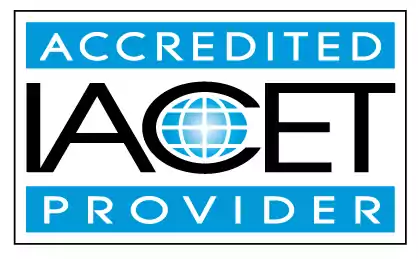Recognizing and preventing shaken baby syndrome
Learn how to recognize and prevent shaken baby syndrome and abusive head trauma. Our page provides essential information on the signs to look for and the steps to take in order to protect young children. Ideal for early childhood education and child care centers.Trainings incorporating this outcome
CDA Subject Areas
Proficiency Level
Target Audience
States
Alabama (6) Alaska (6) Alberta (6) Arizona (6) Arkansas (6) Australia (6) California (6) Colorado (6) Connecticut (6) Delaware (6) District of Columbia (6) Florida (6) Georgia (6) Hawaii (6) Idaho (6) Illinois (5) Indiana (6) Iowa (6) Jamaica (4) Kansas (6) Kentucky (5) Louisiana (6) Maine (6) Manitoba (4) Maryland (5) Massachusetts (6) Michigan (6) Minnesota (5) Mississippi (6) Missouri (5) Montana (6) Nebraska (6) Nevada (5) New Hampshire (6) New Jersey (5) New Mexico (6) New York (3) Newfoundland and Labrador (6) North Carolina (5) North Dakota (5) Nova Scotia (5) Ohio (6) Oklahoma (5) Ontario (5) Oregon (6) Pennsylvania (5) Prince Edward Island (5) Puerto Rico (5) Quebec (5) Rhode Island (6) Saskatchewan (6) South Carolina (5) South Dakota (6) Tennessee (5) Texas (11) Thailand (4) United Kingdom (4) Utah (6) Vermont (6) Virgin Islands (5) Virginia (6) Washington (6) West Virginia (6) Wisconsin (6) Wyoming (5)
120 hours courses
102 hours courses
45 hours courses
30 hours courses
24 hours courses
15 hours courses
5 hours courses
2 hours courses
Related Outcomes
- Recognize the signs and prevention of shaken baby syndrome and abusive head trauma.
- Identify strategies and practices for preventing shaken baby syndrome and abusive head trauma in the child care setting
- Explain the signs and ways to prevent shaken baby syndrome.
- Define shaken baby syndrome and abusive head trauma
- Discuss Sudden Infant Death Syndrome and identify preventive measures
- Identify the risk factors that contribute to Sudden Infant Death Syndrome (SIDS), and what guidelines can prevent it.
- Describe how caregivers can help to prevent sudden infant death syndrome.
- Define strategies for prevention of obesity in children including the role of the educator and why prevention is important.
- Recognize the importance and components of an effective parent questionnaire.
- Give examples of strategies caregivers can use to ensure safe sleeping habits and the prevention of SIDS/SUIDS in infants.
- Recognize the needs of individualized learning in family child care.
- Recognize neglect and emotional abuse in children
- Recognize the importance of knowing the stages of development
- Demonstrate understanding of inclusionary practices for fragile x syndrome in the childcare setting.
- Recognize the needs of individualized learning in preschool.
- Recognize the needs of individualized learning for infants and toddlers.
- Recognize that breastmilk is not a biohazard, and how to store, handle, and feed mother's milk.
- Recognize the importance of knowing the stages of development.
- Give examples of strategies to prevent traumatic brain injuries in infants and young children.
- Recognize the importance of maintaining a balance between teacher directed and child directed activities
Related Articles
- Basic Health and Safety Training Required in Maryland
- UNITED STATES OF AMERICA - Nevada
- Need Annual Training Hours Texas?
- Oregon Providers Health and Safety Training
- Texas 24 Hour Pre-Service Training for Child-Care Workers
- Start your early childhood educator career today!
- Health and Safety requirements
- TX Reduced Price for Pre-Service Training!
- Upcoming Basic Health & Safety and Breastfeeding Awareness training
- Focus on Health and Safety Training
- National Standards for Child Care
- Understanding Shaken Baby Syndrome and Abusive Head Trauma: Crucial Training for Child Care Providers
- Invest in Your Skills, Invest in Children: ChildCareEd Training for Michigan Providers
- Is the 90-Hour Childcare Certification Really Worth It?
- How Old Do You Have to Be to Work at a Daycare?
- How Can New Texas Educators Build a Strong Foundation with Pre-Service Training?
- What Must Maryland Child Care Providers Know to Keep Children Safe?
- 🍼📋 What Do You Need to Work in Childcare in Texas?
- 👶 New to Illinois Childcare? Here Are the Mandatory Training Topics You Must Know! 📚
 12 CEUs
12 CEUs